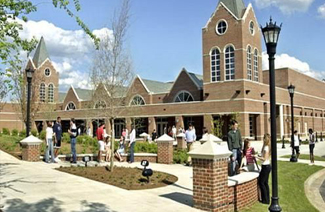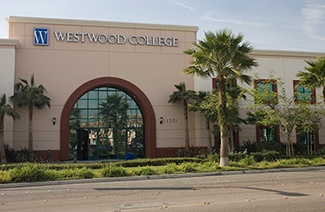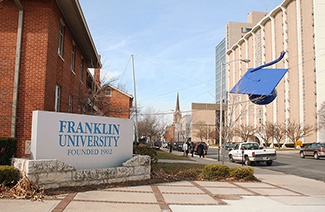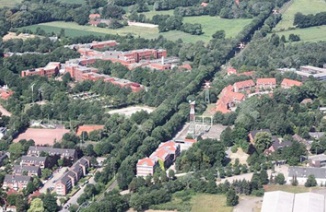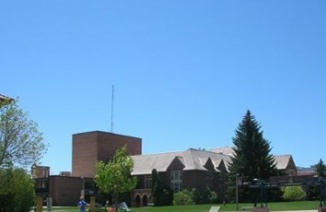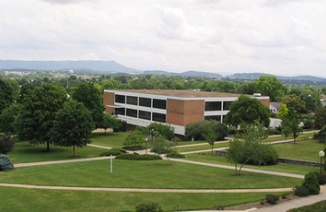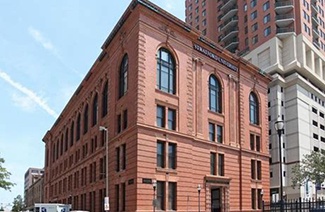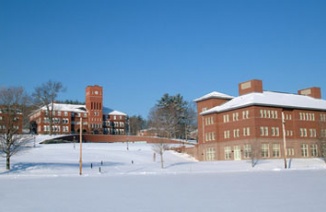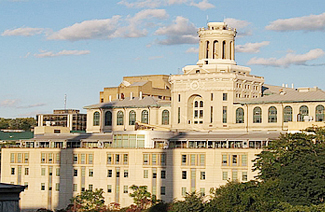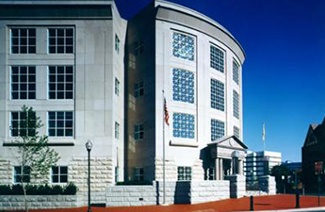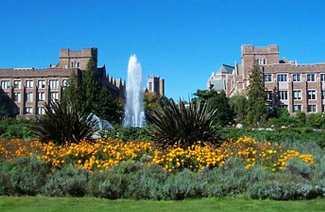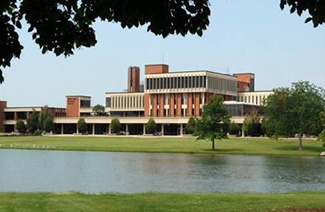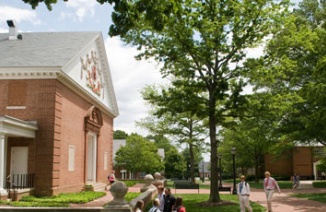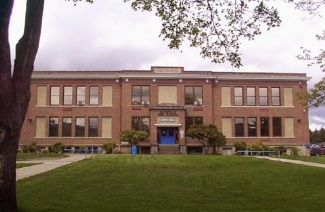截止到目前距离11月12日
类别:文化艺术类 真题 140628CN-P2
|
2017年11月12日 | |
Title:The Development of Printing
Paragraph 1
Printing with movable type, a revolutionary departure from the old practice of copying by hand, was invented in the 1440s by Johannes Gutenberg, a German goldsmith. Mass production of identical books and pamphlets made the world of letters more accessible to a literate audience. Two preconditions proved essential for the advent of printing: the industrial production of paper and the commercial production of manuscripts.
1. The word ¯advent‖ in the passage is closet in meaning to
success
increase
arrival
practice
Paragraph 2
Increased paper production in the fourteenth and fifteenth centuries was the first stage in the rapid growth of manuscript books—hand-copied works bound as books—which in turn led to the invention of mechanical printing. Papermaking came to Europe from China via Arab intermediaries. By the fourteenth century, paper mills were operating in Italy, producing paper that was much more fragile but much cheaper than parchment or vellum, animal skins that Europeans had previously used for writing. To produce paper, old rags were soaked in a chemical solution, beaten by mallets into a pulp, washed with water, treated, and dried in sheets—a method that still produces good-quality papertoday
...
类别:农业类 真题 140412CN-P2
Title:Water Management in Early Agriculture
As the first cities formed in Mesopotamia in the Middle East, probably around 3000 B.C., it became necessarily to provide food for larger populations, and thus to find ways of increasing agricultural production. This, in turn, led to the problem of obtaining sufficient water
Irrigation must have started on a small scale with rather simple constructions, but as its value became apparent, more effort was invested in new construction to divert more water into the canals and to extend the canal system to reach greater areas of potential farmland. Because of changing water levels and clogging by waterborne particles, canals and their intakes required additional labor to maintain, besides the normal labor required to guide water from field to field. Beyond this,some personnel had to be devoted to making decisions about the allocation of available water among the users and ensuring that these directions were carried out. With irrigation water also came potential problems, the most obvious being the susceptibility of low-lying farmlands to disastrous flooding and the longer-term problem of salinization (elevated levels of salt in the soil). To combat flooding from rivers, people from early historic times until today have constructed protective levees (raised barriers of earth) between the river and the settlement or fields to be protected. This, of course, is effective up to a certain level of flooding but changes the basic water patterns of the area and can multiply the damage when the flood level exceeds the height of the levee
...
类别:环境类 真题 141129CN-P3
Title:The Role of the Ocean in Controlling Climate
Paragraph 1
To predict what the climate will be like in the future, scientists must rely on sophisticated computer models. These models use mathematical equations to represent physical processes and interactions in the atmosphere, ocean, and on land. A starting point is usually based on current measurements or estimates of past conditions. Then, using a spherical grid laid out over the entire globe, thousands of calculations are performed at grid intersections to represent and assess how conditions in the air, in the sea, and on land will change over time. Because of their complexity and size, supercomputers are used to run full-scale climate models. Much of the uncertainty in their outputs comes from the way that various aspects of the climate are represented by different models, and even more so, because there are aspects of climate that are not well understood—one of which is how the ocean impacts climate.
1. According to paragraph 1, the results of full-scale climate models are questionable in part
because
A. the supercomputers used for such modeling are large and complex
B. thousands of calculations have to be performed to assess conditions
C. past conditions cannot always be estimated accurately
D. there are multiple ways to represent the same aspect of climate
Paragraph 2
The ocean’s role in global warming stems principally from its huge capacity to absorb carbon dioxide and to store and transport heat. In the sea, photosynthesis by marine plants and algae, especially phytoplankton, removes great quantities of carbon dioxide from the atmosphere. Hence, the greater the growth (productivity) of phytoplankton in the sea, the greater the removal of carbon dioxide. But what controls the ocean’s productivity? There are several limiting factors, but results from a recent experiment suggest that in areas of the ocean where other nutrients are plentiful, iron may be one of the most important and, until recently, unrecognized variables controlling phytoplankton production. Some have proposed a radical, highly controversial and uncertain means to counteract global warming—adding iron to the oceans to induce phytoplankton blooms. Perhaps increased phytoplankton growth would use up a significant amount of carbon dioxide in the atmosphere, but perhaps not, and there might well be side effects that could be detrimental to the ocean ecosystem.
...

